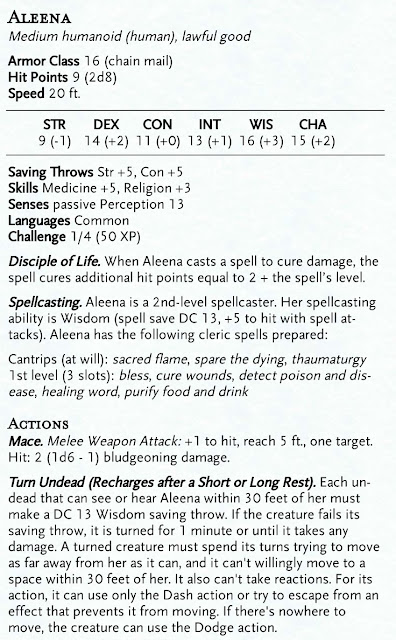

Tier one is also the best to play horror adventures in, as horror thrives when the PCs/players feel disempowered. The lethality and knowledge that the PCs are small fish in the multiverse ocean can be a great source of tension and a motivator for pursuing more power. Sure, they can whack some goblins, but two or three ogres might be more than the party can handle. Seeking out a locally desired MacGuffin.Dealing with the giant spiders in the sewers.Fetching components for the local alchemist.Investigating small-town disappearances.A ppropriate things the party may encounter This tier is all about meeting in a tavern and doing odd jobs for okay cash. Life is cheap and most things can end theirs quickly. They are closer to Olympic athletes and PhDs than to demigods. The PCs are still not that far removed from being everyday people, still learning the adventuring ropes. This is why each tier is better suited for different types of stories. Now that you know the main mechanical considerations regarding the tiers of play, we can look at how mechanics shape narrative. Perhaps you want to keep things fresh by pushing the Players themselves, in which case…. You can also cast Thunderwave (save DC 15) at will, without using a spell slot or any components.”Ī DM well-versed in the game can also craft their own Epic Boons to bestow upon PCs at key moments, and there are always powerful Artifacts that can be sought after to get an edge against some universe-destroying threat.


“Boon of the Stormborn: You have immunity to lightning and thunder damage. Some of them are underwhelming-”wow, you can choose one failed attack to actually hit once per long rest!”-but others are quite flavorful, such as this one:
#5th ed dmg full
Still, if you want to go on a planes-hopping, god-smacking journey of over the top madness, there is a way to keep some sense of character progression after the 20th level: The DM has a page ( DMG, pg 231) full of Epic Boons to award to level 20 characters as rewards for their mighty deeds. By this point, many people miss the fast and deadly fights of the early game. I myself think it’s advisable, as someone who’s not overly fond of the potential for spectacle creep at the topmost levels, to make everything feel like a Shonen anime. Is there life after the final tier? Do we have to stop once we’ve gotten strong enough to slap gods around? Not necessarily. Let’s address the 20th level elephant in the room.

Naturally, things run smoother when everyone at the table knows their stuff, and time wasted on frantic page-flipping and wiki-scrolling is minimal.Īnother couple of ways to curb this tendency are using pre-rolled initiatives, running similar enemy types at the same point in initiative, and visually representing ongoing conditions ( Roll20, the virtual tabletop my group uses, makes this very convenient). Big fights at higher levels can take up whole sessions. Something else to keep in mind is that combat length tends to increase as the levels pile up. Two identical parties, except one has level-appropriate magical gear and the other has none, will not play the same way.Ī canny DM accounts for this when prepping for a session, fine-tuning challenges according to how much useful treasure they’ve doled out so far.
#5th ed dmg Pc
Not to say that PC progression is the only thing that matters magical item availability is also a big deal. Scry, Teleportation Circle, Plane Shift, Teleport, Wish, and still more. Other less flashy spells, later on, can change the course of a campaign. An angry sorcerer can potentially wreck a village by themselves with this. It’s part of the fun that it’s ridiculously powerful at the level you can first cast it. These are also class levels when full-casters get higher-leveled spells-even warlocks, thanks to their Mystic Arcanum feature-which vastly expands how characters can exert their will upon the world.Ĭonsider Fireball and just Fireball: This spell is unbalanced by design. Meanwhile, damage-dealing cantrips get extra damage dice on the 5th, 11th, and 17th character levels. On the other end of this, fighters get Extra Attacks at 5th (as do all other martial classes) and 11th levels, and an extra Action Surge on the 17th. The way they power spike is via Uncanny Dodge at 5th level, Reliable Talent at 11th, and subclass features at 17th. For instance, damage progression for rogues is steady and gradual. Some classes power spike more dramatically than others. The tiers are, by and large, separated by Player Characters’ (PCs) power spikes, which is why they’re relevant when considering multiclassing. Appropriate things the party may encounter:.Appropriate things the party may encounter.The Tiers of Play, Mechanically Speaking.


 0 kommentar(er)
0 kommentar(er)
